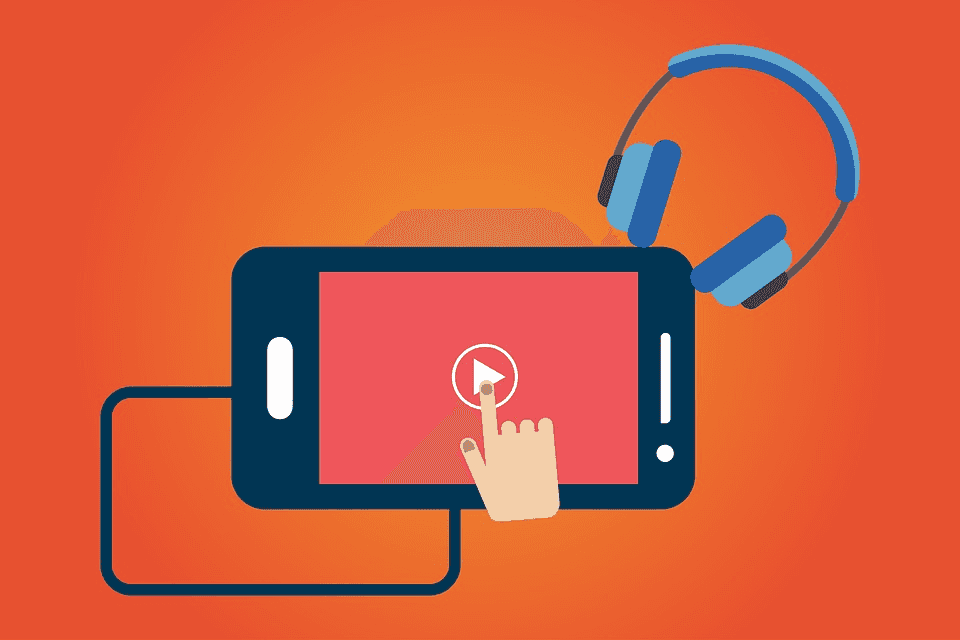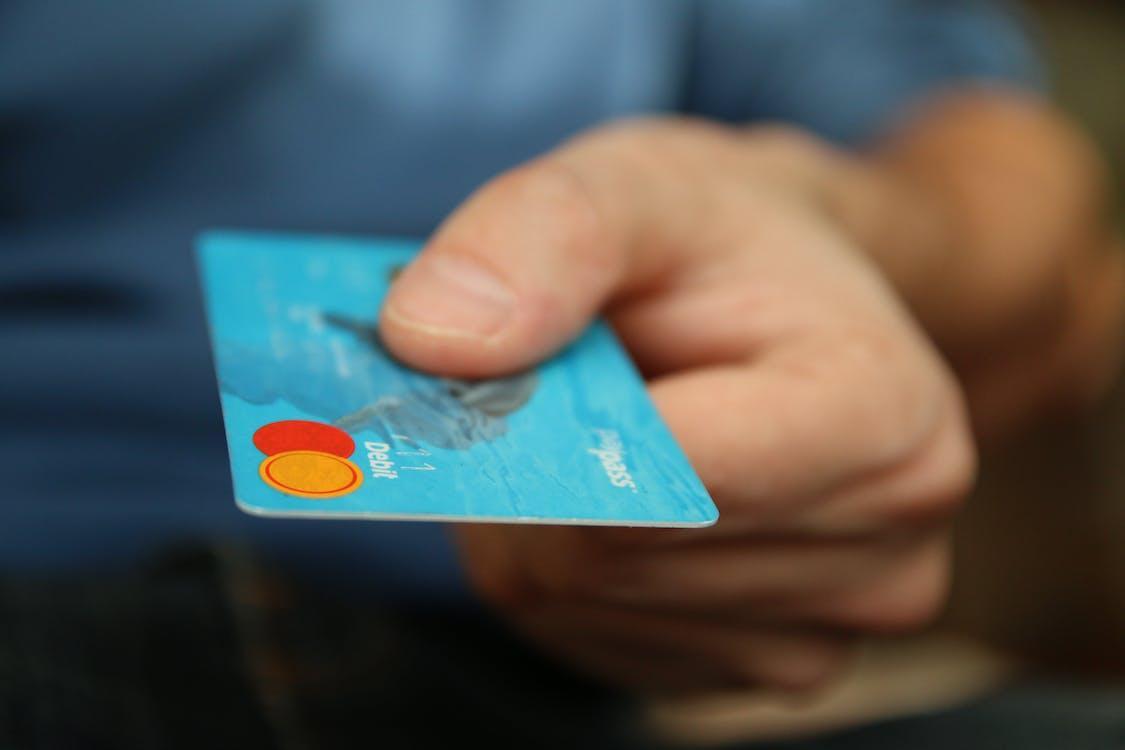Using Home Equity to Buy Another Home in Canada
Are you thinking of buying a second home, a vacation house or a rental unit, but don’t want to sell your existing property? Tapping into the equity in your home is one of the easiest solutions.
Here is how using home equity to buy another home in Canada works.
What Is Home Equity?
In simple terms, home equity is what’s left when you take away the value of your house from your outstanding mortgage debt.
- Let’s say your home is worth $500,000
- You owe $200,000 on your mortgage
- You have $300,000 in home equity
Homeowners can build equity in their properties over time—equity increases with the value of your home and the payments you make on your mortgage.
Let’s say it’s been 3 years since you took out your mortgage and the value of your home has increased.
- Your home is now worth $550,000
- Your remaining mortgage debt has been reduced to $150,000
- Your home equity is now $400,000
You can borrow funds using the equity in your home as leverage or collateral (pending approval from a mortgage lender), which you can then use to buy a rental property, a second home or a weekend getaway.
How to Use Equity to Buy a Second Home in Canada
Below is a list of the most common financing options available to homeowners interested in buying a second property.
Mortgage Refinancing
- You can borrow: Up to 80% of the equity in your home
- Paid out as: Lump sum
Refinancing will replace your current mortgage with a new one, just under different terms. What those terms are depends on current market trends. Refinancing your mortgage will update the terms according to the market value of the home, so you might end up with more equity and lower interest rates, or your interest rate may go higher than what you’re currently paying.
What to consider:
- If you refinance with a different lender you will have to pass the mortgage stress test again in order to get approved.
- You may be required to pay a new mortgage loan insurance premium.
- You might need to pay prepayment penalties for breaking your mortgage.
Home Equity Line of Credit (HELOC)
- You can borrow: 65% to 80% of your home’s value
- Paid out as: Line of credit
HELOC is a revolving line of credit that is secured against your home. This means that you can borrow when you need to and as much as you’d like (up to your credit limit), but only pay interest on the amount you take out, rather than the entire loan.
What to consider:
- Interest rates on HELOC are variable so they will fluctuate over the term of the loan
- Interest rates are also higher than other mortgages
- It takes a lot of financial discipline to take out a line of credit and not overspend. The FCAC recommends making a clear plan of how you’ll use the money before you apply.
Second mortgage
- You can borrow: Up to 80% of the equity in your home
- Paid out as: Lump sum
As the name implies, with a second mortgage you take out another loan on your house. Second mortgages are hard to get since they pose a higher risk for the lender. Namely, if you default on your loan and the home has to be sold, the second mortgage provider can only get their money back after the first lender has been fully repaid.
What to consider:
- You will need to pay off both mortgages at the same time
- Interest rates are much higher due to the increased risk to the lender
Reverse mortgage
- You can borrow: Up to 55% of the equity in your home
- Paid out as: Lump sum
A reverse mortgage in Canada is only available to homeowners over the age of 55. Unlike other loans, borrowers are not required to make monthly payments until they die or move out of the home.
What to consider:
- Even though you don’t make repayments, interest will accumulate over the life of the loan
- Interest rates are higher than other types of home loans
- How much you can borrow depends on your age, as well as the value of the property
Borrowing on prepaid amounts
- You can borrow: As much as you prepaid
- Paid out as: Lump sum
Some lenders provide borrowers with prepayment privileges, i.e amounts you make on your mortgage in addition to regular repayments. In certain situations your loan provider may allow you to borrow the money you’ve prepaid, adding the funds to your mortgage total.
You are not technically taking equity out of your home to buy another house, but this may be a good option if you want to retain the same terms and conditions of your existing loan.
What to consider:
- You could keep the same interest rate or your lender might offer a blended rate (between your existing rate and the current posted interest rate)
- Some lenders might charge higher administrative fees for the service
Bottom Line: Should You Use Home Equity to Buy a Second Home?
There are several perks to using home equity to buy a second home in Canada.
First off, using the equity in your home is a great way to get into the real estate game. This way you can purchase an investment property and turn the $300,000 of equity into millions from rent (and write off your interest in the process). This in turn allows you to increase your net worth and improve your financial situation.
It also works for people whose savings or other sources of income are tied up in investments—your equity is readily available to use and does not require you to take out additional loans to make a downpayment on a house.
Plus interest rates may be lower than other types of unsecured loans since you are using your home as leverage.
That said, there are some downsides to consider, including
- You would be paying more each month in interest and installments. This could take a toll on your monthly budget and force you to make a few lifestyle sacrifices to make ends meet.
- You will need to pay administrative fees (including appraisal, legal, title insurance and title search fees) when setting up the loan, which will hit your budget even more.
- Not all banks provide equity financing options, although most of the best mortgage providers do.
- Defaulting on the loan will lead to your property being sold to cover the lender.
You need to consider both the pros and cons, as well as your unique financial circumstances before using home equity to buy another home in Canada. It’s worth it to discuss your options with a mortgage broker or licensed professional as well before reaching a final decision.
FAQ
Most lenders require at least a 20% downpayment for a second property, although this depends on whether or not you will live in the house or rent it out. In the first scenario, you could put down less than 20%.
Yes, using your home equity for a downpayment on a second home is possible. You can tap into your equity through a HELOC or a refinanced mortgage, although the second is a much better choice if you’re looking to use your equity for a downpayment. With HELOCs you pay interest on what you borrow, making this a more suitable option for monthly repayments—taking out a certain sum every month costs less in interest than borrowing a larger lump sum.






